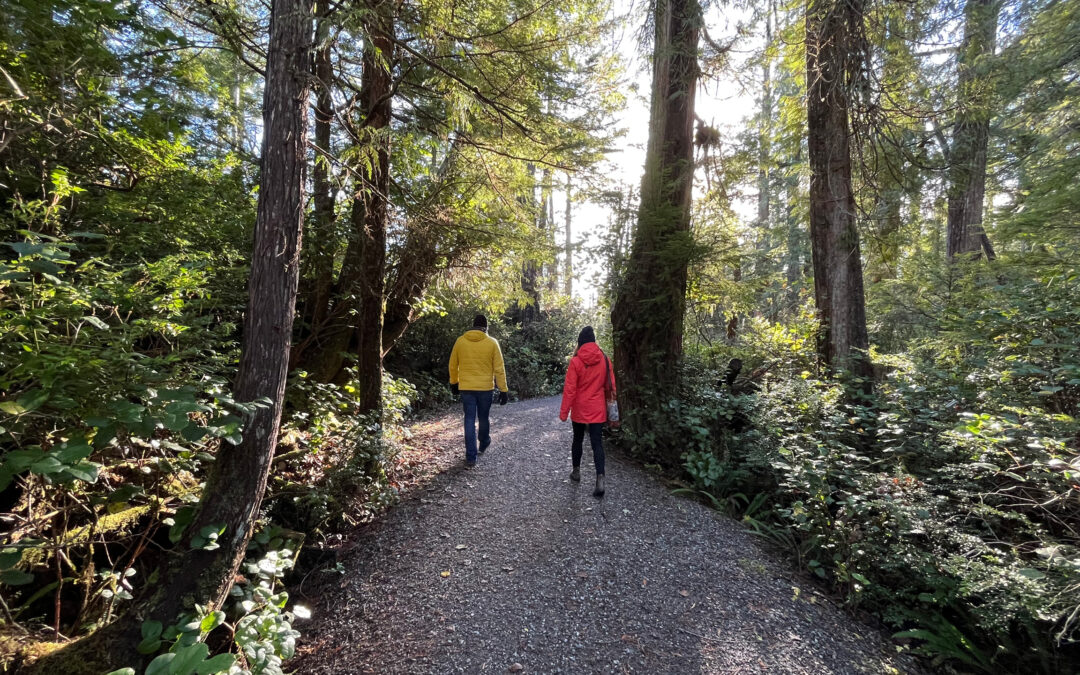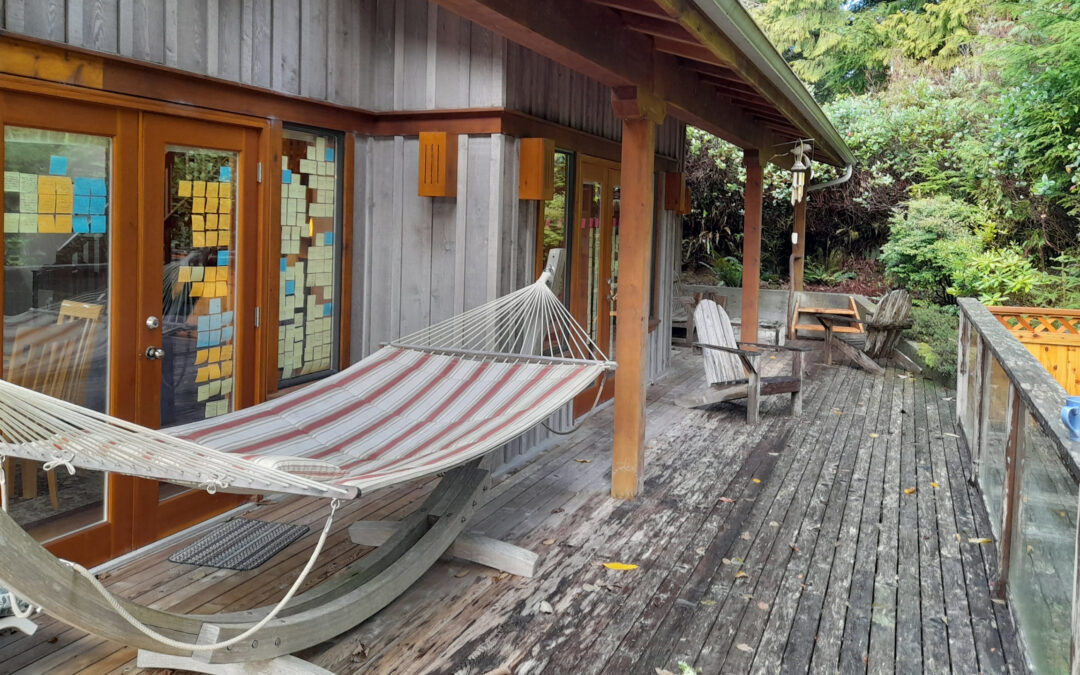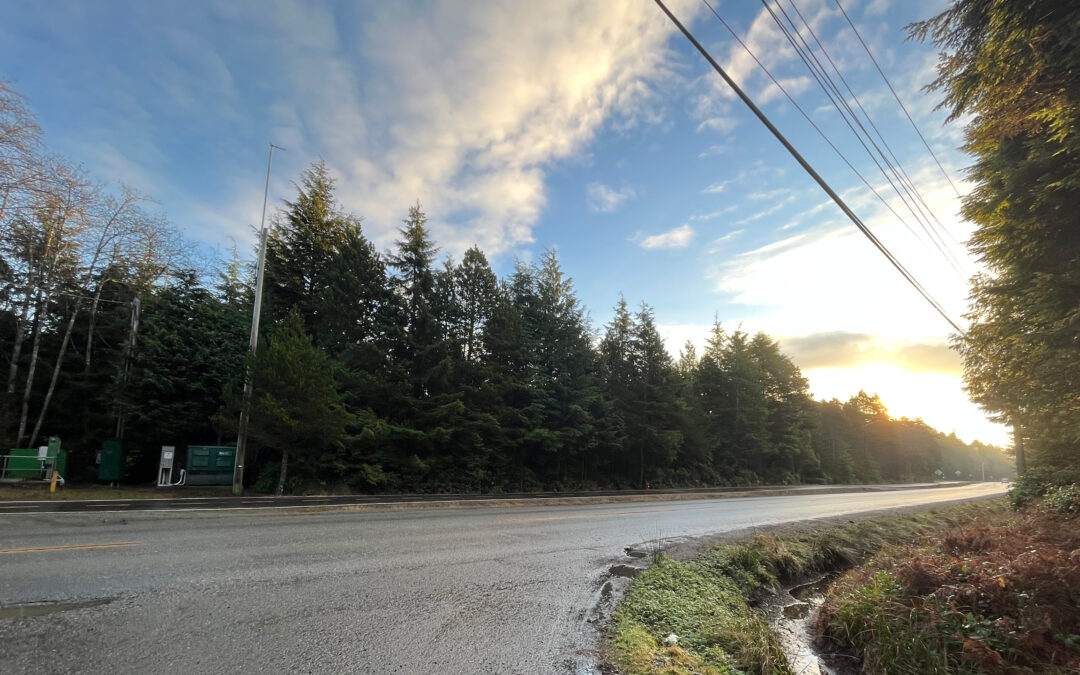Note to reader: As we name ‘dominant norms within academia’ within this piece, we want to acknowledge the longstanding and continued efforts that have been stewarded within the academy, across various disciplines (e.g. critical social sciences) to resist these dominant norms (e.g. Western rationalism, neoliberalism, etc.). We deeply value this scholarship and consider The Mortal Method as contributing to this line of critique. We find that stating these norms boldly can be helpful in surfacing or considering where they may still haunt us.
The process of envisioning and embodying the Mortal Method has made us acutely aware of the ways in which it stretches, challenges, and/or violates dominant norms within academia. We’ve found ourselves contending with these tensions in multiple ways including: anticipating critiques of the Mortal Method from our respective academic mentors and/or peers, noticing the ways in which embodying the Method is counter to how we’ve been academically trained, finding ourselves feeling guilty and/or undeserving about working in ways that feel good, and noticing misalignments between the incentive structures within academia and the kind of change we’re hoping to midwife with the Mortal Method. Contending with these tensions is a central part of engaging with the Mortal Method and – where it feels good – allowing yourself and your work to be changed by it. It cannot be embodied within a vacuum, and naming the ways in which it pushes up against dominant norms is the first step in creating the conditions for the method to be embodied and applied sustainably in our lives and work.
Dominant Norm #1: A Single Definition
Dominant Norm #2: Researchers as Objective
Dominant Norm #3: Success = Replicability
Dominant Norm #4: Working = Producing
Dominant Norm #5: Work Should Be Hard
Dominant Norm #6: Satiation Comes From Completion
Dominant Norm #7: Legitimacy Comes From Ownership
Dominant Norm #8: Rigor Has One Right Way
1) A SINGLE DEFINITION
Dominant Norm #1: Within academia, concepts tend to have a single definition that we subscribe to. This single definition signals expertise, clarity, and rigor.
Mortal Method Way of Working: Within the Mortal Method, we define the five key principles in multiple ways. We draw on and put forth a wide range of definitions shared by others, including quotes from different authors / lineages of thought, poetry, as well as dictionary definitions. We want those who engage with the method to develop their own embodied relationships to these principles, and believe that sharing a rich assortment of definitions can provide readers with different entry points into the method, meeting them wherever they might be when they encounter the method. This approach was proven effective at the Mortal Method retreat when all three of us, having taken in the same content about each of the principles, were asked to free-write a summary of each principle. Despite being exposed to the same pre-reading, working to link the same sub-concepts, and having the same amount of time to write, we each produced distinct yet synergistic summaries for each principle. No one summary was all-encompassing or could replace the other, but read in sequence, they were mutually reinforcing. It allowed us to be seen in our unique perspectives, while acknowledging the universality inherent in our experiences at mortal beings. Rather than granting expertise to a single definition or author, we believe the richness of multiple perspectives contributes to the rigor of the method. As Julia shared in one of our meetings, “the richness proves the rigor.”
“I also think [the 30 Day practice] gave us so much more clarity around the way that we use the concepts in the document that we create, just when you [Mathura] gave such rich definitions, and quotes from so many different sources, from different thinkers and wisdom traditions. Whether it was poetry or visual things, it brought it to life, and we created a relationship to these concepts...I just think that set the standard to me of “there’s no one single dictionary definition that we could provide and then go on to be like, “Now, apply this in your work.” No, you have to really show people the depth of this, the breadth of it, and how big and beautiful these concepts are. So, yeah, thank you, because I know that was no small feat to put together such rich definitions.” – JB, Dec 1

2) RESEARCHERS AS OBJECTIVE
Dominant Norm #2: Researchers are objective, neutral beings and the quality of the work depends on their ability to passively consume information and see themselves as separate from the work. Where there is space for self-reflexivity and engaging with one’s own positionality with respect to the work, it can sometimes be formulaic and a box to check off rather than an active and intentional engagement with one’s relationship to the topic at hand.
Mortal Method Way of Working: Applying the Mortal Method requires us to implicate ourselves in the work. It is a way of being, thinking, and doing that needs to be embodied before it can be applied. In addition to acknowledging one’s own mortality, the method requires us to develop a personal relationship with (or examine our current relationship to) each of the principles, including finitude, embodiment, eros, connection, and meaning-making. It is in the process of engaging with these concepts on a personal level that each person’s / group’s unique way of applying this method is born.
The 30-day Apprenticeship with Mortality practice that we engaged in the lead-up to the retreat, alongside our regular team meetings, were both sites of this relationship-building with the qualities of mortality. The practice made us more aware of how we each come to this work, the life experiences that have informed our orientation to mortality and its qualities, the paradoxes that are hardest for us to contend with and why, and the ways in which we’ve been conditioned to live our lives as though we are immortal. As Albert remarked in one of our meetings, “the whole narrative [within the world of research] has been about, ‘How do we take the human being out of the research process?’ And so this [the MM method] is about ‘How do we put the human being back into the research process?’”
It is important to say that the process of implicating ourselves in the work is both intentional and boundaried. We are aware of the potential and risk of becoming so consumed with our own lived experiences that we lose the capacity to remain open to and curious about alternate perspectives. One of the boundaries that we articulated early on in the process of working together was that while we are open to healing through this work, it is not an expectation that we are placing on it or each other. This meant that while we chose to share parts of our respective stories with each other to help contextualize our orientation to mortality (and the world at large), the only expectation we had of our fellow collaborators was that they listen and witness without judgement. This context helped us better understand how we were individually and collectively entering the work, but did not dictate where we would go – it was a passenger in our figurative car, rather than the driver.
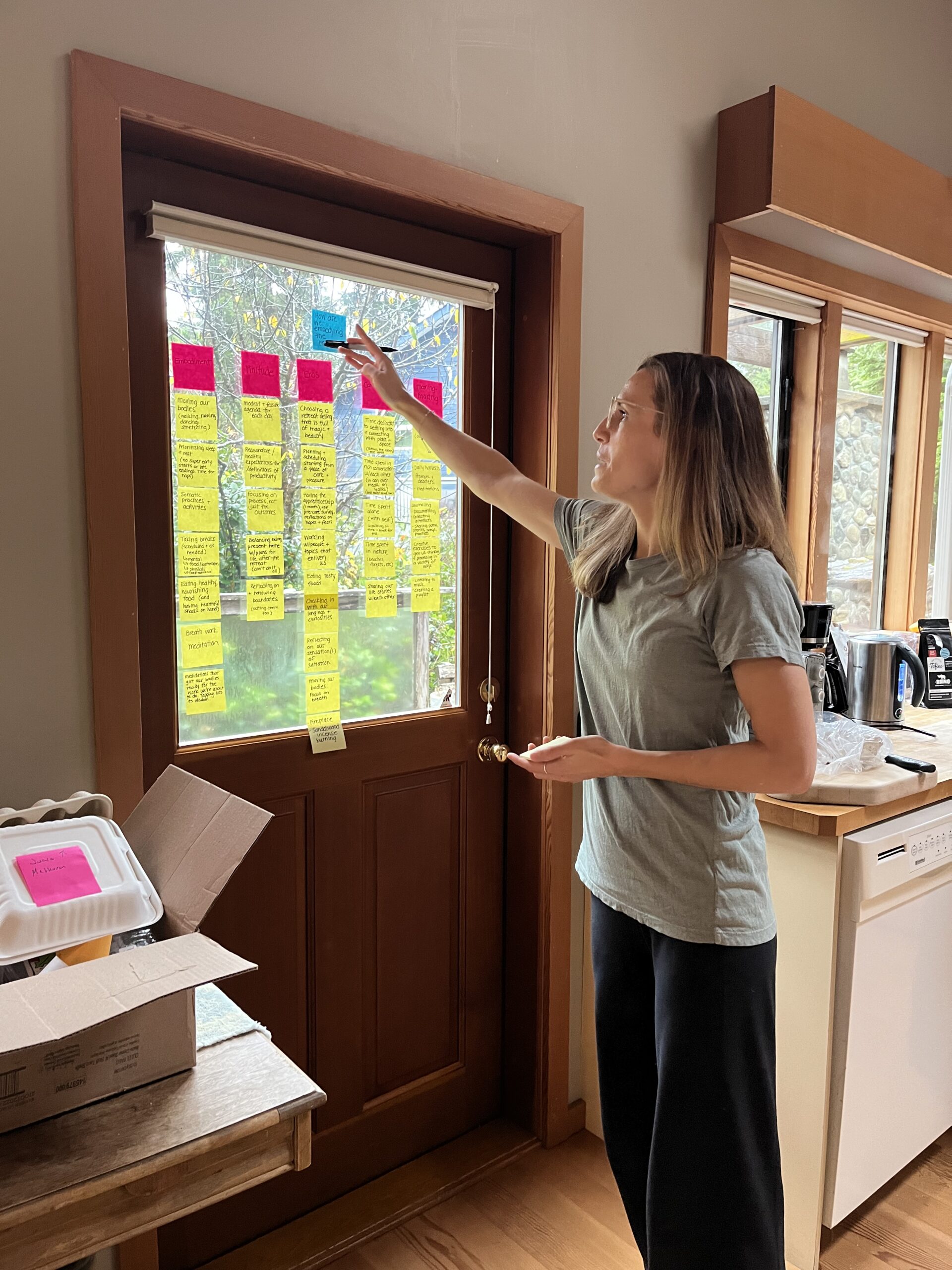
3) SUCCESS = REPLICABILITY
Dominant Norm #3: Linked to the belief that researchers are objective, neutral beings is the belief that a successful method will yield the same results every time it’s applied.
Mortal Method Way of Working: We are promising a process, not an outcome(s).
The Mortal Method is an invitation, not a prescription. It’s an invitation to engage in a conversation with yourself and others about the qualities that make us mortal. In doing so, it’s also an invitation to develop a relationship to these qualities, or better understand your existing relationships to them. It’s these relationships that will then determine if, how, and how much you choose to center these qualities within your work, as a means of working in ways that honour your mortality. The invitation is rooted in the understanding that while mortality is a universal experience and its qualities are present (even if only marked by their absence) in all of our lives, our orientation to it and them are shaped by our distinct lived experiences. While we may all be receiving the same invitation to work in ways that honour our mortality, we’re each receiving it at different moments in our lives and our mortality journeys. It is unrealistic to expect that we will all resonate with the Method in the same way, or that our relationship to the qualities will stay the same over time. It’s likely that at different moments in our lives, or even across different aspects of our lives, we may find resonance and/or relevance in certain qualities over others. For example, finitude as a quality tends to resonate more deeply in moments that mark endings, expected or unexpected (e.g. the loss of a loved one, the end of a relationship, the closing of a career chapter, etc.). Furthermore, applying the Mortal Method in our work and lives can change us in ways that in turn will prompt us to apply and or engage with it differently.
Even so, our desire for prescriptive methods is natural and can be linked to our desires for certainty, solvability / fixability and completion. It’s possible that these desires hold as much weight as they do, because we don’t believe that it’s enough for us to simply engage with the method. We need something to show for it, we need to produce something from it, in order for the time spent to feel worthwhile. The Mortal Method invites us to push through this discomfort and trust that the process of engaging with the method, the qualities of mortality, and the questions they provoke will in turn reveal how it will go on to shape our work and life.
It is from this space of trusting the process that we share with you the rich definitions we’ve compiled for each quality, quotes from authors and thinkers that offer different perspectives around them, our own reflections on developing relationships with each quality, and guiding questions that invite you into the process of mapping your own. We share these offerings not as instructions, but as reflections to accompany and prompts to guide your own exploration. We’re inviting you to think about your life and work differently, to move in ways that honour your mortality, and we want you to know that we are engaged in this work alongside you. While a lot of this work is personal and shaped by our distinct lived experiences, it doesn’t have to be done alone.
“It’s not prescriptive, saying “in a situation a do b.” We’re just saying these are the kinds of things to be attentive to if you want to do research that recognizes mortality and the heart of it and will keep coming back to this.” – JB, Sep 15
“The muscle we’re building is, “how do you ask different questions?” So we’re actually not telling people how to do it. We’re inviting them to look at it differently. And what they see will be unique to them, but they’re looking at it differently with us.” – MM, Oct 28
“It is a commitment to a different way of being, and it’s an emergent approach, which means you’re not going to do a study and have an outcome and then apply it, but it’s in the process of doing it that the approach is borne.” – AB, Nov 3
“Certainly supporting people in trying to create it for themselves…The eastern philosophy where you do the process, but the outcome, you don’t own it, it’s not up to you. Because I think it’s surprising and it’s not going to be where you think it is, necessarily. I think we could probably promise it will be a rich and worthwhile endeavor with no clue what that would look like.” – AB, Nov 24
“It’s not the content necessarily that’s our contribution, it’s the putting it together as a practice & extending the invitation that’s our contribution” – AB, at the retreat
“Rather than ‘we’re teaching you’ we want to find companions in the journey…it’s the message in the bottle.” – AB, at the retreat
“We’re not claiming this is a theory we’re generating or that is ours, it’s a set of qualities that we’re re-membering, putting them together into a practice, & extending invitations into.” – AB, at the retreat
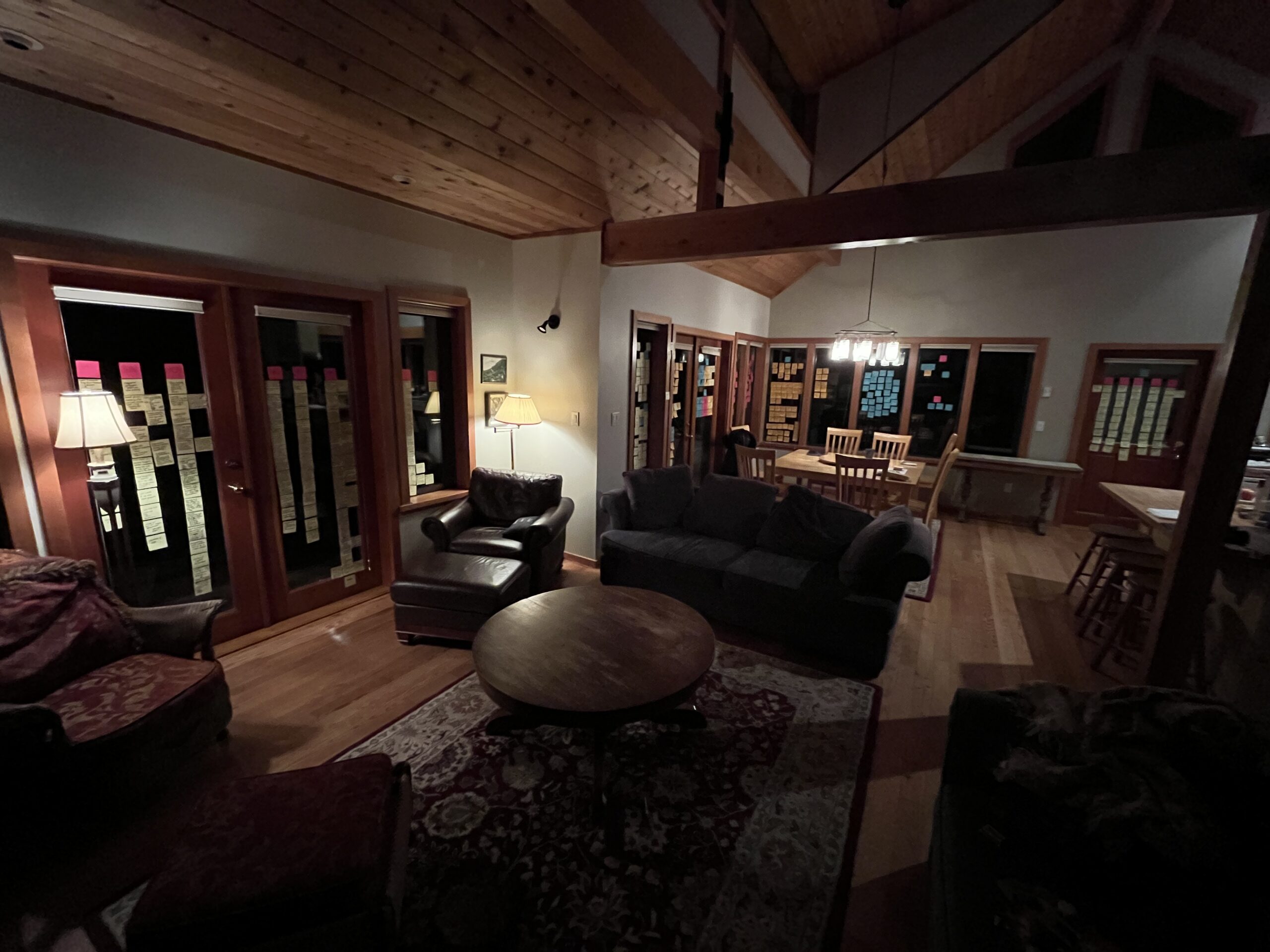
4) WORKING = PRODUCING
Dominant Norm #4: You are only working if you are producing.
Mortal Method Way of Working: Work can look like many things, and includes time for integration, digestion, and connection. The Mortal Method invites a way of working that decouples work from production.
Oxford Languages defines work as “activity involving mental or physical effort done in order to achieve a purpose or result.” What I appreciate about this definition is that it highlights the exertion and intention involved in work. Where I think it’s lacking is in limiting “effort” to mental and physical labour, while excluding emotional, relational, and spiritual labor. Working in ways that honour our mortality requires contending with and investing these forms of labor, alongside mental and physical efforts. In this sense, the definition afforded to “work” in physics is actually more inclusive. Physicists define work as a “measure of energy transfer that occurs when an object is moved over a distance by an external force at least part of which is applied in the direction of the displacement.” This definition honours the exertion and intention involved in work, without limiting the forms it may take. It also acknowledges that the exertion and intention has an impact on the “object,” which in the case of the Mortal Method is often ourselves.
The Mortal Method recognizes that moving, thinking, and/or being differently requires more time, resources, awareness, and energy than operating as status quo. This truth played out for us in several ways. In moving through the 30-day practice in the lead-up to the retreat, we realized that while we still wanted to receive prompts over the weekend as a way of maintaining the ritual, we needed those prompts to be geared more toward review, integration, embodiment, and synthesis, rather than generating new content. We also noticed that we were processing our weekly conversations with each other as well as our practice prompts, on walks, with others in our lives, as we moved about our respective days, long after the actual “meeting” had ended and outside the bounds of time spent journaling our thoughts around each prompts. It raised questions for us around what constitutes “work”. What kind of work feels “billable” vs. not? Is integration not work? Is digestion not work? Is connecting with others and/or taking time alone to process what we’ve taken in not work?
“One of the takeaways I’ve had is really re-examining what work looks like. And you might think you have a sense of that intellectually, but then realizing how different it feels. And as you were saying Mathura, thinking about this project, I don’t count it as work time if I’m walking the dog and thinking about it. And why don’t we count that?…it’s towards something we are doing for our work life.” – JB, Nov 24
“And this feeling of you need to have something to show for the time you spent, that it wasn’t valuable in and of itself right now….even thinking about scholars in ancient times, they weren’t worried about all the different outputs. It was sitting around and thinking together, and that was scholarly work. But that’s what we’re doing.” – JB, Nov 24
The Mortal Method invites a process of simultaneous learning and unlearning and depending on how we learn and consolidate that learning, the “work” of the method can look different for different people. It can engage different parts of us:
- it can require us move our bodies as a way of locating and metabolizing tension / contradiction / paradox / resonance within our physical beings,
- it can demand a mapping out of our beliefs and contending with how well they might be serving us in real-time
- it can raise emotions including grief, wonder, rage, joy, shame, etc. around our respective relationships to the different aspects of mortality,
- it can catalyze conversations with others in our lives about how we’re spending our time on earth and with each other,
- it can bring us to question the meaning of life, the meaning of our life in particular, and what it means to live well and fully.
The labour is mental, physical, emotional, spiritual, and relational and needs to be resourced accordingly. This is why our Mortal Method retreat schedule had intentional time and spaciousness built in for rest, recovery, digestion, integration, rest, recovery, and rejuvenation – both together and alone, both within our designated “group thinking sessions” and outside of them. Production is one outcome of work, but it is not the only one. The outcomes of this work aren’t necessarily always tangible within the constructs of traditional (largely quantitative) impact measurement. Rather, some of them are felt and known through embodiment.
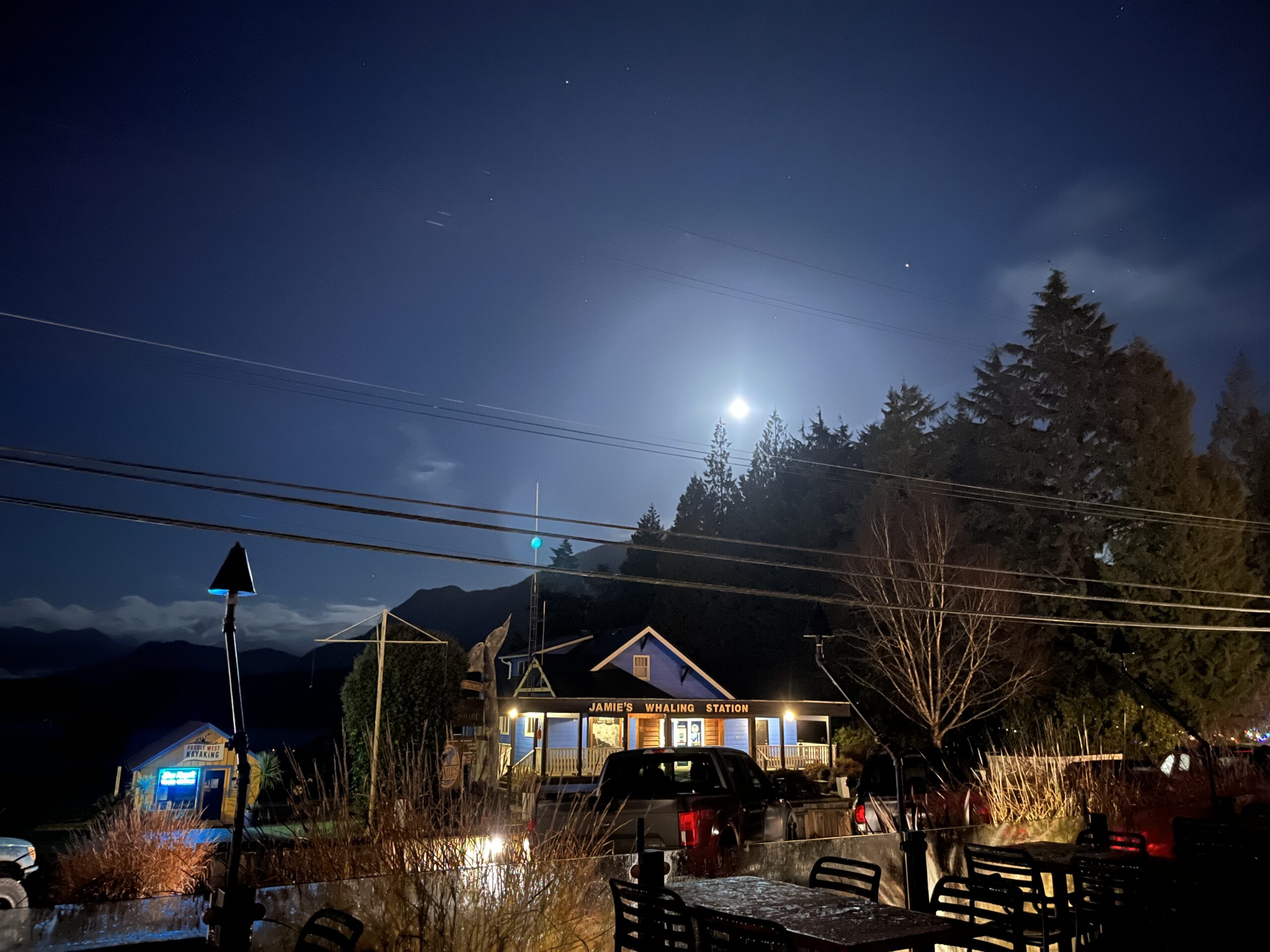
5) WORK SHOULD BE HARD
Dominant Norm #5: Work is supposed to be hard – you’re not *really* working if you’re having fun.
Mortal Method Way of Working: Eros is a part of the experience of being mortal. Work can be life-giving, and we honour, invite, and design for eros in our work.
The idea that work is inherently hard is part of what keeps us locked into ways and systems of working that are unhealthy, extractive, and/or harmful. There is a sense of acceptance within that belief, and in subscribing to it, we forego our agency and override our longings for a more generative and fulfilling relationship to work. The Mortal Method invites us to contend with the parts of our work that bring us pleasure, deliver us satiation, connect us to aliveness, and tap into our inherent capacity as creative beings.
In equating the erotic to the sexual, we have deemed it inappropriate for work. In fact, a part of us might feel guilty when we’re genuinely enjoying the work that we do. We fear that we are imposters, that our cover will be blown, and that this joy will be taken away from us. We feel shame around the privilege we have to be able to do the work that we do in ways that feel good. What’s important to note in all of these responses, all shaped by the dominant systems we operate within, is that they limit our ability to share the impact and stories of being engaged in life-affirming work. Even if we are able to work in generative ways, we police ourselves out of talking about it. Rather than advocating for more people to have the support to work in healthier ways, we succumb to a sense of scarcity. We act as though there is only so much decent work to go around and we must protect and keep quiet about the good work we get to do in order to keep doing it. These are all programmed, designed responses within a capitalistic, white supremacist society.
The Mortal Method invites us to expand our understanding of eros – as a life force energy that we all have and are capable of accessing given the right conditions – and bring awareness to when we experience it in our work. When does your voice speed up when talking about your work? Which conversations make your spine tingle? What parts of your work bring you deep satisfaction? What are the moments within your work day that you wish you could bottle and savour for longer? Beyond noticing these moments, the Mortal Method invites us to document and share these experiences so that they can feed into our individual and collective narratives around what constitutes meaningful, life-affirming work. Part of building a compelling counter-narrative to work as inherently hard and gruelling is to consistently give voice to real-life examples (e.g. the Mortal Method retreat) that not only prove it wrong, but also highlight the psychological, somatic, and structural shifts required in order to engage in generative work at scale.
“I just feel alive. I feel brain tingles. It feels like kernels popping in my head like popcorn where I’m like, “Oh, that I get that idea, that idea.” And they’re just like pinging around and I feel heart and brain tingles. It’s like I just feel excited and inspired and happy…actually I think it is healing,, this is the stuff of being alive.” – JB, Sep 15
“I love it. And I also like getting emails that you look forward to.” – JB, Oct 28, re: Apprenticeship with Mortality practice
“It’s not a project that pulls me away from what I want to be doing. It is a project that is what I want to be doing.” – AB, Nov 3, re: work on the Mortal Method
“This project feels really special and I keep feeling like we’re onto something special here. Maybe that’s just because it’s really landing for me, but I do think anyone I’ve brought it up to has been like, “That is so different. That is so interesting. I would love to see that…So I think this excites me in a way where there’s momentum I want to honor.” – JB, Nov 3, re: work on the Mortal Method
“I was raised Catholic, so pleasure being…you think of the chocolate cake, the sinful, the devil’s food cake, all those kinds of things where pleasure is either sexualized or or guilt oriented.” – JB, Nov 17
“This is so much fun, I loved it. There’s so many meetings where you’re like, “OK, I can’t wait to log out.” – JB, Nov 17
“When we were doing the study on sexual expression and continuing care, my colleague would come to my office and she’d be like, “Can I just join you in writing?” We would share the desk sometimes with one using the mouse, the other the keyboard, and we’d be laughing so much…multiple times people would come by and be like, “I hear so much laughter coming out of here. What are you two doing having so much fun like that?” That it wasn’t supposed to be that much fun. And why not? Work is supposed to be unpleasant and backbreaking, and we favor long hours over short, meaningful ones.” – JB, Nov 24
“I was teaching yesterday morning and I put them into pairs or trios to have small group discussion…I knew after about seven minutes most of them weren’t on topic anymore, and I was like, “You’re building community, you’re building connections.” At the beginning of the semester, they hardly spoke to each other and now the room was abuzz with chatter and laughter. And I’m like, “Why would I shut this down?” And so I gave them the extra couple of minutes just to connect and chat.” – JB, Nov 24
“What does it look like when we do have these bursts of inspiration, to be as excited as we want to be, but that doesn’t mean “I got excited, therefore, that’s what we’re doing.” But we’re honoring the eros that comes up at that moment of a “boom! those two things just flew together in my head and that had a reaction.”…I would be open to cyclical conversations where we’re in a process of like, “Oh! This idea! Bookmark it, and come back to it.” And keep doing that with the ideas that come up.” – MM, Nov 24
“And it was the Audre Lorde thing about the erotic – once you know what an enthusiastic yes feels like, you don’t want to settle for anything less. And I was like, I’m not going to spend time on work that doesn’t feel meaningful and rewarding…. and I feel that way after we did this work, I’m like, I’m not participating in projects that feel like a slog. I’m going to sit on the service committees that I feel like are meaningful. I’m going to teach classes I believe in and I’m going to do research that feels good.” – JB, Jan 27
“After I went through that process, I realized there were some things where I just had this aversive reaction. I was like, “That project does not spark joy.” And I’m Marie Kondo-ing in my research program.” – JB, Jan 27
“There’s also a playful part that sometimes gets foregrounded or not, but I think we all have. And I really like having space for that in our work. That we could be talking about something that’s so heavy and then be like, and here’s a silly little piece of stand up comedy or a little meme or something that lightens it. And to me, that’s part of the meaning making too. It’s a kind of eros…So I thought it would be nice to fold those in throughout so that it challenges the “this feels like a textbook” using fun, lighthearted little bits of things as well.” – JB, Feb 10
“The way that we’ve talked about doing less and slowing down as a good thing, but also that when we’re doing things that are really rewarding, we kind of rise to the occasion or generate new energy to take on other things. So in some ways, I’m willing to agree to certain things and more work if it’s really meaningful work.” – JB, Feb 22

6) SATIATION COMES FROM COMPLETION
Dominant Norm #6: We expect that satiation will come with completing all the work (not actually true in practice consistently).
Mortal Method Way of Working: We work to decouple satiation and completion. While there may be satiation that comes with completing all the work linked to a project, there is also satiation that can be experienced during different parts of the process if we are present to it.
We also question the assumption that completing the tasks will guarantee satiation. As Albert shared in one of our meetings, “In most projects, I’m done before the process is done.” He was describing the feeling of burnout and being so exhausted by the work and/or the way of working that the completion of the task was not actually linked to satiation, but rather the relief of no longer having to work through the exhaustion. Julia described it as,“The difference between the fatigue of days of rich, satiating work & delicious late night heart-to-hearts vs. being exhausted by the work.” and “The point of SATURATION vs. the point of SATIATION.”
Thinking about mortality and end-of-life, it’s rare that we say or hear someone say, “I finished life!”. Rather, we’re often contending with, “Am I happy / fulfilled / satisfied by the life that I lived and the way I lived it?”
Within our own work we saw the tension between satiation and completion show up in different ways. For example, during the retreat, we would have moments of experiencing deep flow and co-creating activities and pieces of writing that were so aligned with what we wanted to embody that we were almost in awe of our own process and abilities. In these moments, we noticed that the acknowledgement of the awe was quickly followed by an instinct to keep working to optimize whatever source of energy we had tapped into. As Julia shared, “We tend to be like, ‘WE STRUCK GOLD, KEEP DIGGING’ vs. “WE STRUCK GOLD, WE’RE SO GRATEFUL.” This instinct was underpinned by fear, the fear that this flow wouldn’t last forever, that it would run out, and that our contributions wouldn’t be as rich once it did.
“There is a part of me that’s like, ‘If I go too slowly, then I won’t get things done.’ It is sort of like ‘capitalize on the momentum while we have it, and then I can settle.’” – JB
In a system where we are valued for what and how much we produce, where our worthiness is tied to production, we feel compelled to produce as much as we can when we can, as a means of compensating for when we cannot. As a way of practicing an alternative to this programmed response, I suggested that we take some time to linger in, reflect on, and find words for what this experience of satiation felt like. In the words of author and activist adrienne maree brown, “If we have no idea what it means to be satisfied, we won’t know when we win.” Systems of capitalism thrive on our inability to know when we are satisfied. So long as we feel as though we are not enough, it will have something it can sell us as the cure.
Here are our responses to “What did satiation feel like in this experience?”
- JB: not belaboured / exhausting
- JB: Richness over fullness
- JB: Trust in ourselves, the process + each other.
- JB: Resonance
- JB: Surprise / awe yet also makes sense
- JB: Absence of longing
- AB: Done, complete, whoo, no parts missing, not tired
- AB: Wonder / surprise – so quick
- AB: Awe at the way we pulled it together in similarities and differences
- AB: Vindication…trust in the process
- MM: Satiation felt like wonder and awe at our own capacity to make sense of our realities in such different yet similar ways.
- MM: Satiation felt like an expansion of time.
- MM: Satiation felt like an affirmation of the kind of magic that is possible when you cultivate the conditions (time, space, bodies) for it.
- MM: Satiation felt like slow, slow, slow, slow, slow, slow, fast, fast, fast, YUM. OH GOD YUM. [Erotic, much?]
- MM: Satiation felt like a simultaneous “OMG wow, how did that even happen, how’s that possible?” and “Yea that makes COMPLETE sense, story checks out.”
We also noticed that sometimes we confuse satiation, perfection, and completion. We don’t believe that something is complete until it’s perfect, and until then, we remain unaware of the satiation available to us through the process. We noticed that with each work session at the retreat, the time we allowed ourselves to write up our summaries of each quality increased. Initially we chalked it up to having more to say and/or the qualities increasing in complexity as we realized their interconnections. However, it soon became clear that after a certain point, the extra time wasn’t about getting our ideas on the page, it was about policing them. It was about wanting them to be perfect and being critical of ourselves when they weren’t. Even when we decided to reconvene after a break, we noticed ourselves trying to polish what we had written in-session during our breaks. This perfectionism also meant that it wasn’t until we read our summaries aloud and experienced the affirmation from our peers that we realized how satisfied we were with what we had written. How little those little tweaks and getting the words to be exactly right actually mattered. In essence, our tendency for perfectionism eclipsed and delayed the satiation that we could’ve experienced while in process.
In attuning more consciously to satiation, we were able to decouple it from completion. Yes, there is something about a task or project coming to an end that can give rise to satiation. That’s the big end, comparable to the big D death. Satiation invites us to be in relationship to the little ends – the ways in which we experience fullness and richness at the end of a thought, a sentence, or a moment of flow. It invites us to believe that we are worthy of this feeling throughout a process, rather than just at the end. As Albert shared, “The product isn’t something I need to get done. It’s a vehicle for fun & joy.” It invites us to linger in the fruits of our labour, even if there is more to labour for. And despite holding the fear that flow might run out if we stopped working before completion, attuning to satiation helped us realize that it’s okay if it runs out because 1) we’re capable of replenishing that energy and cultivating that state once again and 2) we won’t be punished for not being able to produce at a consistent rate. In other words, attuning to satiation helps us re-member that we are human, that we are mortal, and that we are not machines.
Completion is important, and the Mortal Method invites us to complicate our relationship to it. As Albert offered, “We are complete when we are complete – not when the work is done.”
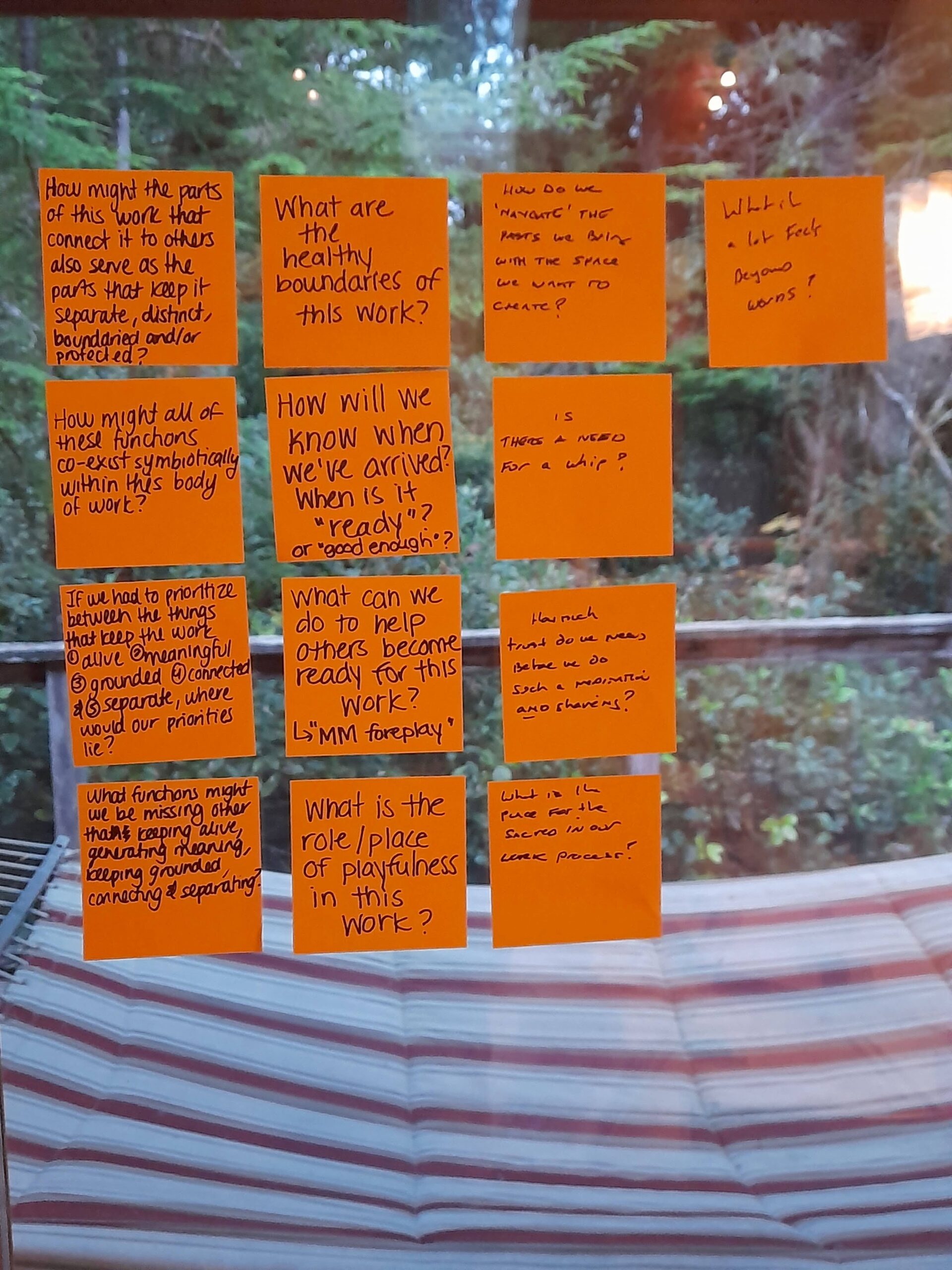
7) LEGITIMACY COMES FROM OWNERSHIP
Dominant Norm #7: We place importance and legitimacy on claiming ownership over what we think, say, and/or produce (i.e. the primacy of intellectual property and ‘thought leadership’), so much so that we are afraid that if we don’t claim it, someone else will.
Mortal Method Way of Working: While we each contributed to this work in unique ways, the meat of this method emerged and was practiced in direct collaboration with each other and indirect collaboration with a range of other authors and thinkers. In this sense, claiming it as “novel” or “ours” feels disrespectful to the many cultures and lineages that have been embodying mortality long before us.
That said, the fear of “publish or perish” and the worry that someone else might steal our ideas was one that permeated our thoughts in the aftermath of the Mortal Method retreat, as we were talking about timelines for writing and sharing the method. While we acknowledged that some of the urgency to publish was rooted in genuine excitement about the work and its potential impact, it was also accompanied by the fear of something that was important to us being taken away from us. In the process of unearthing this fear, I offered an alternative framing for this concern: This method is embodied. It emerged through our individual and collective bodies. The summaries that we had each written about the qualities at the retreat emerged from our bodies. Despite having read and talked through the same content, each of our summaries carried a unique form and flavour. They are not the same, but the connections between them are equally undeniable. Reading each of our summaries one after the other reveals very similar concepts, processed through different bodies, different lenses, and different lived experiences. So while it’s possible that others may publish the same or similar concepts, part of the magic of the method is that no one else will be able to articulate it in the exact way that each of us individually and the three of us collectively have. Because it embodied, because it is of us, and because it will be of each person who engages with it.
“This isn’t our IP, this is wisdom that’s coming through us. We don’t own it.”
“We’re not claiming this is a theory we’re generating or that is ours, it’s a set of qualities that we’re re-membering, putting them together into a practice, & extending invitations into.”
“I will always in this work, acknowledge and credit the two of you as well because not just in our written documents that we’ve put together, but in all these conversations, it’s your words that go through my head as my thoughts, sometimes because of these conversations. And you get to a point, and especially because we’ve been reading a lot of the same texts, to end up having a shared body of knowledge where I’m like, “There’s there’s nothing I could write from this work now, where it wouldn’t include thoughts that were the two of yours as well.”” – JB, Nov 3
“What’s also been nice about is that…any of the work that we were putting out of this would have all three of our names on it and recognition. But I also feel like I don’t feel a sense of ownership over the ideas. Feels like I can hear each of your words coming out of my mouth at different times, and we’re influencing each other’s thinking so much that it challenges that intellectual property, commodified, colonial idea about knowledge. And the way that we’ve talked about before, Mathura, about re-membering truths about the things we’re talking about with mortality and aliveness are ancient topics that people will have talked about for millennia. And so we might be framing them in a particular way or putting particular authors or thinkers or artists together to illustrate a concept in a way that lands differently, but the ideas aren’t new or ours. And some of that like, we’re giving credit by saying, “here are some of the people who’ve said this before,” like explicitly. But also sometimes we just remember knowledge as part of the species. There’s a familiarity, this feels like a truth, there’s something to this that aligns and resonates. I felt so many moments of alignment where I’m like “that just feels right, and it connects with these other pieces we’re talking about and such an important way.” So I feel less precious about “my ideas”. Like, again, I feel like Golum with the ring of like “my intellectual property.” I don’t feel like that. I’m like, “Yeah, a lot of what I was saying is both of your ideas and the things we’ve read” and that when we curate a combination of , here’s some accompaniments or something, it doesn’t always have to be like “novel!”, “innovative!”, “buzzword buzz word!”. Sometimes it’s like, “Hey, look, how beautiful these things out there are, and we took the care to thoughtfully collect them and share them.” And our society privileges new innovation all the time.” – JB, Nov 24
“But I really like the back and forth and the document that you put up, for instance. It’s just alive. And we’re responding to one another through that. The thinking is deeper and the feeling is deeper.” – AB, Nov 24
AB: I’m actually bringing the grief book by Weller because I haven’t read that, so that’s going to be my book to bring. So we’ll be on similar pages.
JB: Quite literally, we’ve read the same pages.
MM: And also, just like feeling like some of these people are in the room with us, like literally [via their physical books] and through their words [quotes we’ve written down from authors we’ve read].
– Dec 1
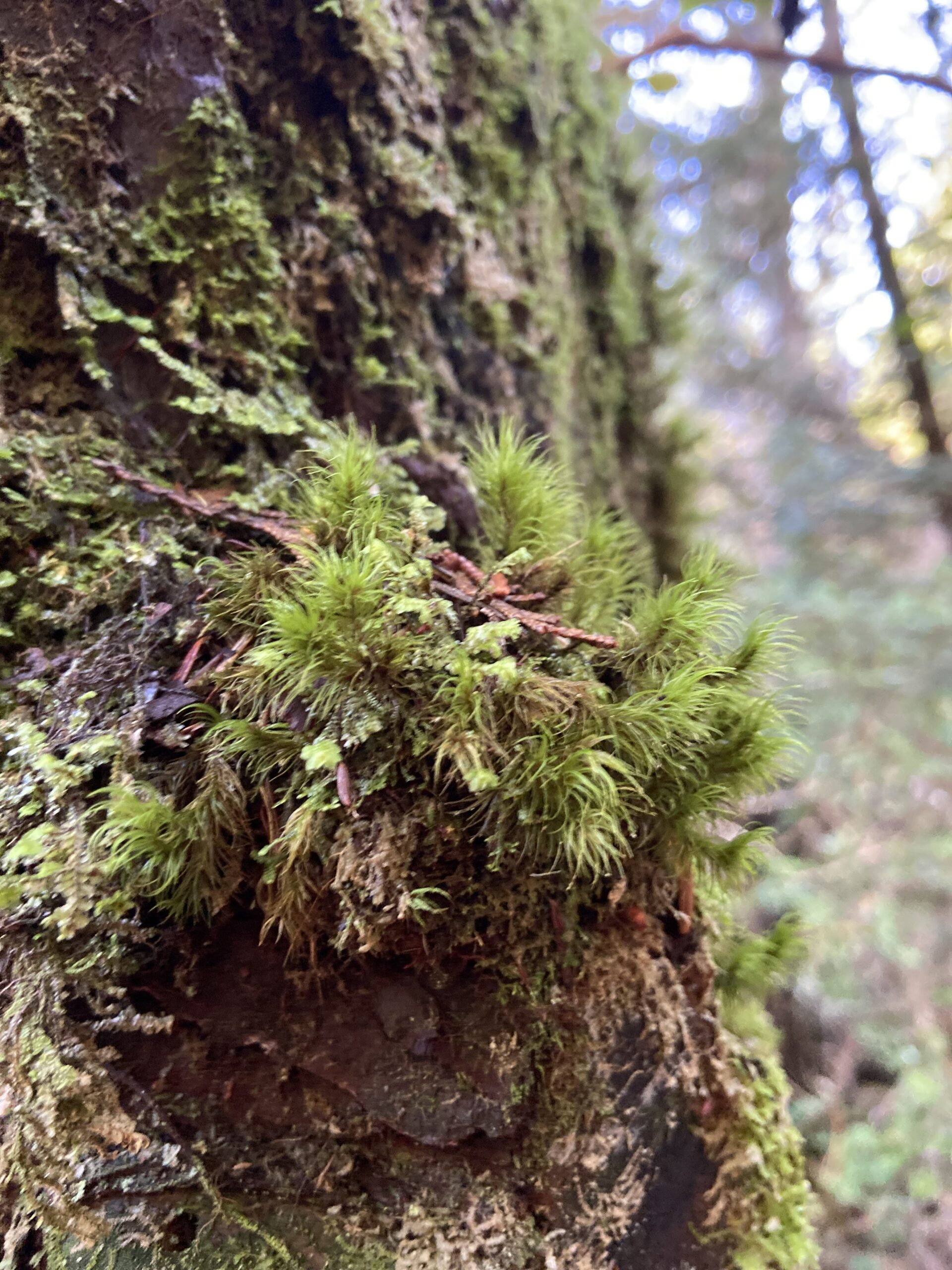
8) RIGOR HAS ONE RIGHT WAY
Dominant Norm #8: Rigor in academia needs to look a particular way (e.g. literature reviews, peer reviews, etc.)
Mortal Method Way of Working: In the process of building a case for the Mortal Method and discerning its qualities, we realized that while we had opted out of using certain academic tools (e.g. a traditional literature review, external peer review, journal publications) that are often recognized as markers of rigor, our process was still one rooted in rigor.
While rigor is defined as “the quality of being extremely thorough, exhaustive, or accurate,” it is also defined as “severity or strictness” and “demanding, difficult, or extreme conditions.” Part of wanting to honour our mortality alongside honouring rigor was in engaging in processes that were diligent, but also responsive and life-affirming. With an etymology that stems from the Latin rigor (‘stiffness’), it’s easy to see how embodying rigor without an eye to wellbeing and fulfillment can actually result in processes and products that are fragile and prone to breaking.
In our work, we see rigor:
- in our documentation.
- in our commitment to embodying the qualities of mortality in the design and facilitation of the retreat.
- in our practice of including and crediting viewpoints from a range of authors and thinkers who have shaped our work.
- in our incorporation of body- and arts-based exercises in order to activate and tap into a wider range of knowings and intelligences held within us.
- in our follow-through on the 30-day Apprenticeship with Mortality practice.
- in our decision-making processes when we are moving through new terrain, uncertainty, and/or differences in perspectives.
In allowing ourselves to embody a definition of rigor that felt aligned with the qualities of mortality, we realized that we were actually emulating many of the same processes within traditional academia (e.g. literature reviews, peer reviews, journal publications, etc.) just in ways that felt responsive and life-affirming for us.
AB: …we’re so violating every academic norm in this, and at the same time, profoundly respecting the wisdom of people who have gone before us and not forcing them into disciplines or not listening to people because this person’s a poet or this person’s not of my religion…do we somewhere need to discuss the violation of traditions and literature reviews?…
JB: …I think this is a review of literature, we compiled different people’s thinking to understand these concepts. We quote a lot of different people. Yeah, it’s not a traditional lit review format…
AB: No, nor is it respecting of any particular discipline, right?
—
“I’m still thinking this PDF doesn’t have to go through peer review. We’re the three peers who review it and then we can post it online and have a website set up and then launch on social media, talk about it in our circles, etc. We direct people to that website where they find it, and then you and I can still write academic articles for it, Mathura can still develop whatever kinds of outputs are going to be beneficial for her career and life from it, but this gets to be exactly what we want it to be, and we don’t have to make it fit what anyone else wants.”
As Julia reflected in one of our meetings, the rigor of our work is proven through its richness.
“…richness proving rigor, rather than trying to prove to someone that this is rigorous work, I want to show the richness of it…We don’t have to persuade people that this is a certain kind of scholarship, I just want them to be moved by it. And then they’ll use it or they won’t, but I just want people to read this and be like, “Wow, this is different from how I’ve been doing things, and this makes me feel something.”




